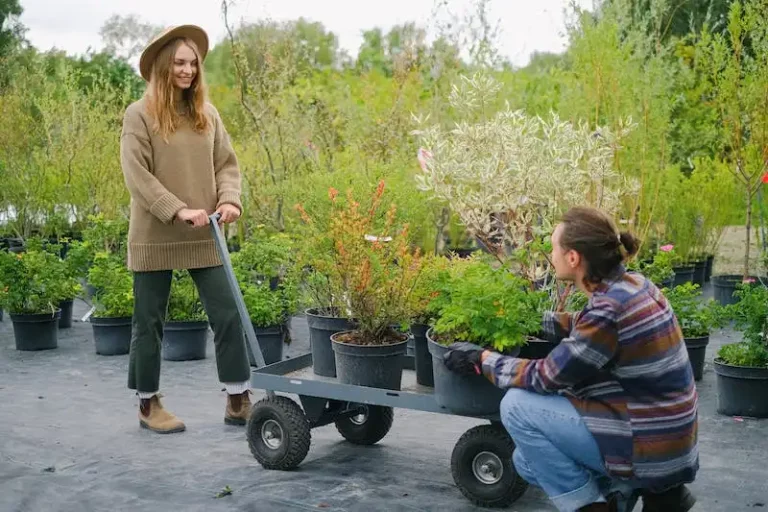Garden
Rebecca Wolken
Shrubs are plants that keep their shape above ground through all the seasons and cannot be divided like ornamental grasses or other perennial plants in your garden, according to the plant experts at Victoria Gardens. These types of plants are excellent additions to landscape design as they create a middle height of interest between smaller greenery, flowers, and taller trees. In addition, shrubs are often hardy plants that can withstand harsh winters, and some even produce stunning flowers that will bring color to your yard.
Sometimes though, they get a little out of hand. Overgrown and unruly shrubs can take over a garden and potentially smother other plants. Without proper care and trimming, they can get gnarly and awkward. Instead of calling a professional to come and rip them out, try to save them by pruning them back. Of course, you don’t want to start cutting haphazardly and risking irreversible damage to the plant. So here is what you need to know to get your shrubs back in control.
When to prune shrubs

Floki/Shutterstock
Shrubs that bloom in the early spring months should be pruned after the plant has finished flowering (via Lowes). For example, according to Love Your Plants, forsythia bushes are one of the first plants to bloom in late winter and early spring. Pruning before this event can cause severe damage to a shrub and significantly reduce the number of flowers you see in the coming years.
Shrubs and bushes that flower in the summer should be pruned in the winter. At this point, the plant is dormant and the flowering buds have not formed yet, so you won’t disrupt any new growth or risk cutting off the buds. Winter is also the best time to fully see the plant’s branches when all the foliage is out of the way.
Plants that don’t flower at all, like the boxwood shrub, should be pruned whenever new growth has finished developing. Often, the best time for these types of shrubs is in fall or winter to avoid damage. Love Your Plants says pine bushes are unique. To prune these, you’ll want to wait until new growth starts, but you want to avoid cutting the plant with shears. Instead, pinch off the new growth with your fingers. Because pines cannot grow from a cut branch, avoid using cutting methods unless you don’t want that branch to grow anymore.
How to prune overgrown shrubs

Ludmila Kapustkina/Shutterstock
Lowes recommends laying out a tarp before you begin pruning to make it easier to clean up the mess once you’re done. Of course, this step is optional, but it could save you a lot of time. You’ll also want to be sure to clean and disinfect your gardening tools. Otherwise, you could risk spreading disease and pests between plants if you use dirty tools when working in the garden, warns the University of Minnesota Extension.
Now that you have figured out what time of year to prune, you have a tarp out under the shrub, and your clean tools are ready, it’s time to get clipping. Before you start cutting off living branches, begin with the limbs that are already dead. You might find that cutting off these is enough to tame the shrub, and you don’t need to cut back anything alive. However, if it’s still unruly after removing dead branches, find the thickest living branches and strategically lop them off. Never cut more than a third of the plant, or else you’ll risk shocking and killing it. Next year, you might have to do another heavy pruning in order to finish taming the overgrown shrub.
Should you use the rejuvenation pruning technique?

KorshunovDV/Shutterstock
According to Colorado State University Extension, rejuvenation pruning is when you cut all the branches of a plant down to 6 to 12 inches from the ground. It’s best to do this in late winter or early spring. This heavy method of pruning is perfect for those plants that are out of control and might be too much of a headache to try and shape. However, only some plants can handle rejuvenation pruning. Lawn Love says, even with plants that can handle (or thrive on) the occasional rejuvenation pruning, be warned that you’ll likely not see blossoms on that plant for one to three years.
Before you start, do a little research to ensure the plant you want to prune will tolerate this method. Here are a few examples of plants that generally benefit from rejuvenation pruning: Lilac, honeysuckle, forsythia, azalea, spirea, and nandina. The plants you’ll want to avoid using this technique on are boxwoods, pines, cedar, junipers, cypress, and arborvitae.



